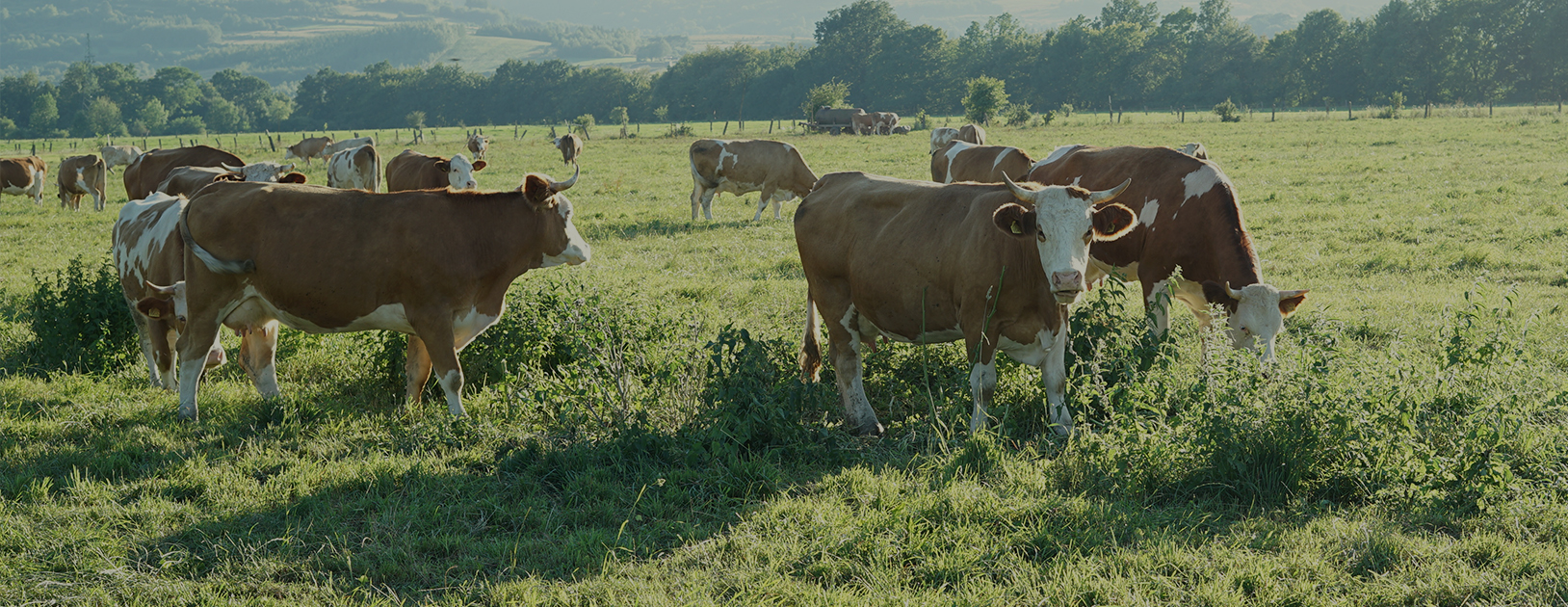
Introduction
In recent years, the agricultural industry has witnessed a remarkable transformation, with technology playing a pivotal role in reshaping the landscape of livestock farming. Traditional animal agriculture practices are gradually giving way to innovative and sustainable approaches. This article explores the exciting advancements in livestock farming technology and how they are revolutionizing the animal agriculture sector.
A New Dawn for Livestock Farming
Gone are the days when livestock farming was synonymous with manual labor and rudimentary techniques. Today, the industry stands at the cusp of a technological revolution, offering solutions that improve animal welfare, enhance productivity, and reduce environmental impacts.
Embracing Precision Livestock Farming
- Smart Sensors and Monitoring (H1)The integration of smart sensors and monitoring devices has ushered in an era of precision livestock farming. These sensors are capable of tracking crucial data such as animal health, behavior, and environmental conditions in real-time. This data empowers farmers to make informed decisions and promptly address issues, ultimately improving the well-being of their livestock.
- Automated Feeding Systems (H2)Automated feeding systems have proven to be game-changers in the industry. These systems ensure that animals receive the right amount of nutrition at the right time, optimizing growth and minimizing waste.
- Healthcare Innovations (H2)Cutting-edge healthcare innovations, such as wearable devices for animals and telemedicine services, are enhancing disease prevention and early detection, leading to healthier herds.
Sustainable Livestock Farming Practices
- Efficient Resource Utilization (H1)Sustainable livestock farming involves maximizing resource utilization. Technologies like data analytics and IoT (Internet of Things) enable farmers to manage resources efficiently, reducing water and feed wastage.
- Reducing Carbon Footprint (H2)Livestock farming has long been associated with high greenhouse gas emissions. However, innovative solutions like methane-reducing feed additives and methane-capturing systems are helping to reduce the industry’s carbon footprint.
Improved Animal Welfare
- Smart Barns and Housing (H1)Livestock now reside in smart barns equipped with climate control, automated ventilation, and comfortable resting areas. These advancements ensure that animals experience less stress and better living conditions.
- Behavioral Analytics (H2)Behavioral analytics software analyzes animal behavior to detect signs of distress or illness, allowing for early intervention and improved animal welfare.
Economic Benefits
- Enhanced Productivity (H1)Technology-driven practices lead to increased productivity and profitability for farmers. Automated systems and data-driven decisions optimize breeding, feeding, and overall management.
- Market Access (H2)Technology has opened up new avenues for farmers to access global markets through e-commerce platforms and digital marketing strategies.
Conclusion
The future of livestock farming is undoubtedly intertwined with technology. As the industry continues to embrace innovations, it stands to benefit from improved animal welfare, sustainable practices, and economic growth. Livestock farming is no longer just about raising animals; it’s about nurturing a smarter and more efficient future for agriculture.